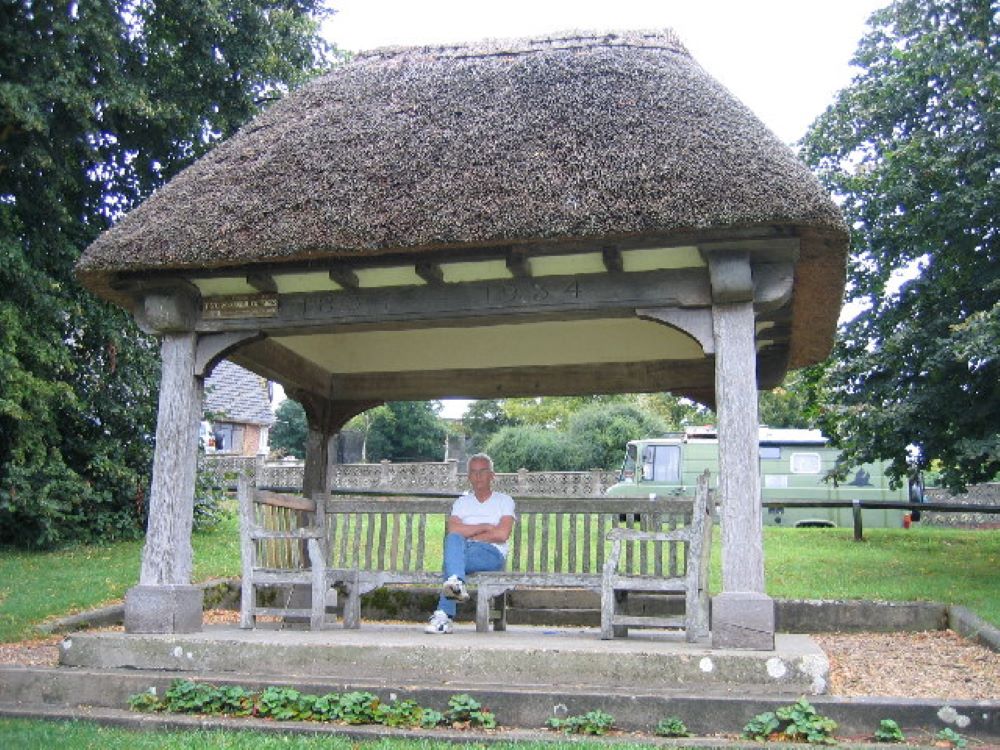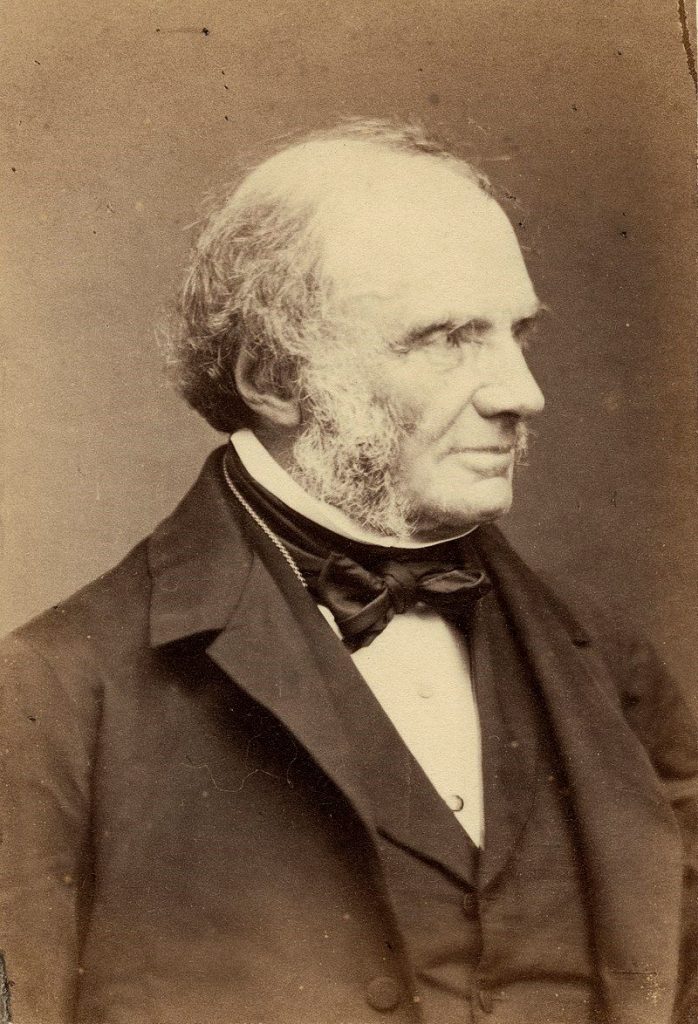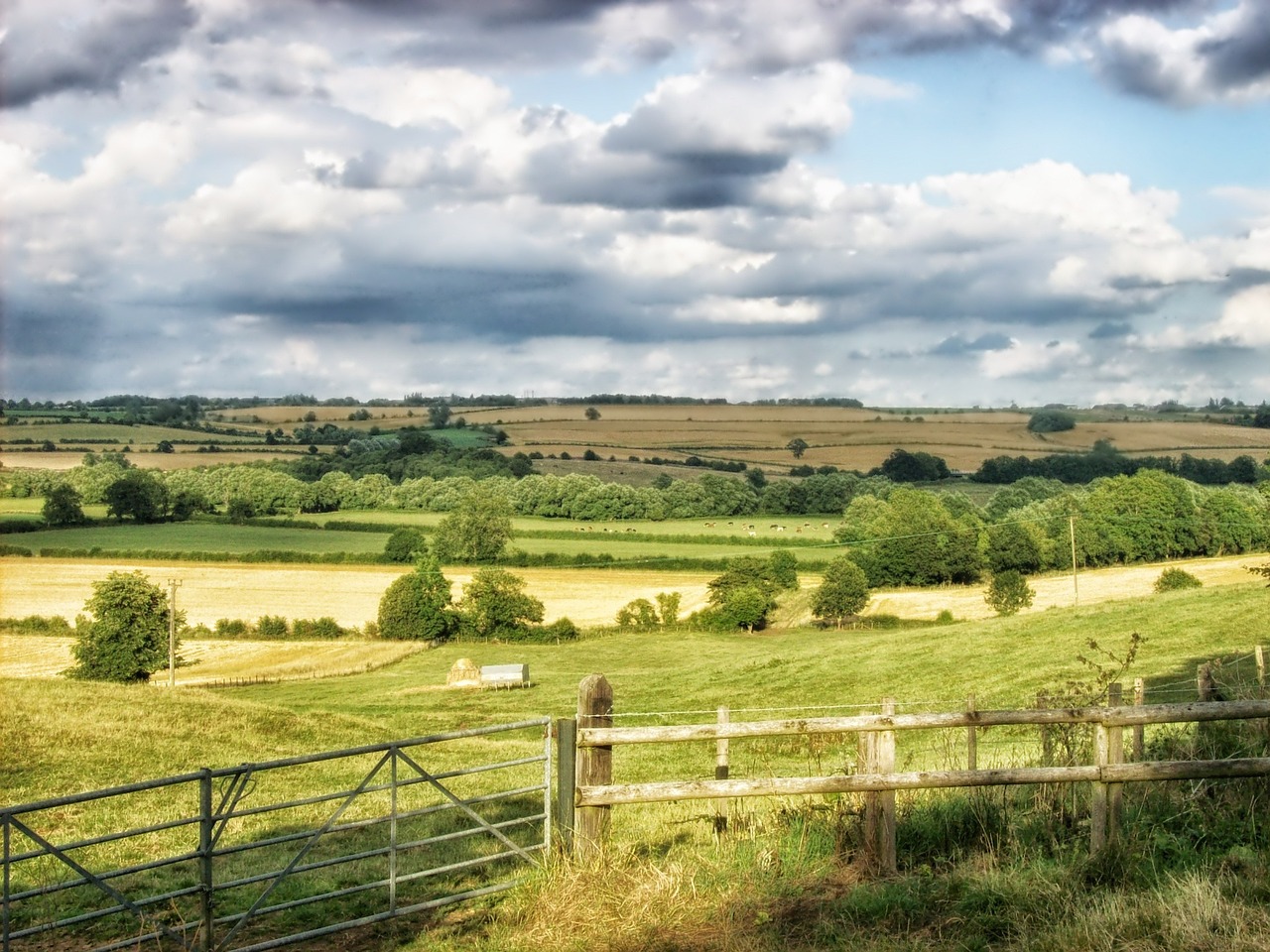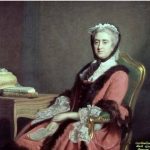The Tolpuddle Martyrs from Dorset in southern England took a stand against poor working conditions and low wages late in the Georgian era. Their story changed Britain; it inspired the early trade unions and it helped to protect employees rights.
In 1833, 6 farm workers in the village of Tolpuddle on the banks of the River Piddle formed the secret Friendly Society of Agricultural Labourers, effectively a small trade union. Farm labourers wages had decreased from an average of 10 shillings per week to 7 and further cuts were rumoured. As the landowners and farmers made profits, the labourers incomes dropped to impossible levels. The men weren’t radicals or idealists; they wanted a fair day’s pay for a fair day’s work and a safe workplace.
They attracted new members to the society and they collected subscription fees to help fund it. The inductees of the friendly society took an oath, sworn with their hand on the Bible and while looking at an image of a skeleton representing mortality, to fight for improvements in pay and conditions. The meetings were held at a member’s home or they gathered around a sycamore tree in the village.
Taking an oath and keeping an oath a secret were illegal actions in Georgian England from 1797 thanks to fears of a French Revolution style English Revolution.
The Tolpuddle Martyrs Names:
George Loveless.
James Loveless.
Thomas Standfield.
John Standfield.
James Brine.
James Hammett.

The Tolpuddle Martyrs Arrested
Word got out, probably through the farm hand Edward Legg, about the secret society and their oath. Squire James Frampton informed the authorities. The upper and middle classes were paranoid about their workers gaining even the slightest influence and power, acutely so since the French Revolution. Any suspicious activity was clamped down on with zeal and the six men were arrested on 24th February 1834. Their offence was not stated as starting a union or taking an oath but for breaking old navy rules regarding the prevention of mutiny at sea.
They were tried at the Old Town Court in Dorchester in what many people realised was an unfair trial. 12 men sat on the jury, the head juror was William Ponsonby M.P., the Prime MInister Lord Melbourne’s brother. Squire Frampton, his son and his step-brother also sat on the jury.
The short trial ended with the men being found guilty. Judge Baron Williams claimed that “the safety of the country was at stake.” In all probability, he had known what the verdict would be prior to the trial and he used them as an example to others when he handed down their sentences.
We raise the watchword. We will, we will, we will be free!
George Loveless.
Public Protests Against The Tolpuddle Martyrs Harsh Sentence
The judge passed down the most extreme sentence available to him: Transportation to Australia where they were to spend 7 years in a penal colony and then they faced the possibility of being sold into slavery.
The press men in the court gallery ensured that the news about the severity of the sentences spread quickly (by Georgian standards). Other friendly societies rallied; they saw that they were just as vulnerable to unfair judgements. Unrest spread across the country, marches took place, petitions were signed by over 800,000 people and a campaign to secure the men true justice began. This reaction surprised the government but it didn’t worry Lord Melbourne enough to adjust or repeal the judge’s sentences.
Five men arrived in Sydney on 17th August 1834 and George Loveless reached Australia on 4th September 1834. In their absence, their wives and families appealed for parish poor relief, money to help them to survive. Squire Frampton refused to assist them. The campaigners for justice for the Tolpuddle Martyrs came to their rescue.

Pardoned by Lord John Russell, Home Secretary
Sustained public outrage influenced the eventual outcome. In March 1836, Lord John Russell, the future Prime Minister, was the Home Secretary. He ensured that a full pardon was issued to the Tolpuddle Martyrs. They were free to return to England.
George Loveless was the first to arrive in England on 13th June 1837, a week before King William IV’s death. The Standfield’s, Brine and James Loveless docked at Plymouth on 17th March 1838. James Hammett returned home on 25th August 1839. George Loveless wrote about his experiences in “The Victims of Wiggery.” Each copy cost 4 pence and the money went to the six men and their families.
After attempts to settle in England failed, five of the men emigrated to Ontario in Canada to start afresh. James Hamnett became a builder’s labourer in Dorset and he died in a workhouse in 1891. He was buried in Tolpuddle.
The Tolpuddle Martyrs have been credited with inspiring trade unions to flourish and they are still regarded as champions of employees rights. The annual Tolpuddle Martyrs Festival celebrates them and the 2024 festival, 190 years after their arrest, takes place 19th-21st July.
Further Reading:
https://thegeorgianera.co.uk/spencer-perceval-prime-minister-assassinated



